
The joy of reading: What books are good for your kids and the freedom of choice
April 6, 2023
Program manager, Reading Partners North Texas
Recently, I took a trip to the post office and the young lady working behind the counter asked me what I do for a living. I told her that I work with young kids who need a little extra help with reading and her face lit up. With no one in line behind me, we chatted about the stories she would read and write as a child. She even told me she felt inclined to visit her mom’s house after we spoke to find the stories that used to mean so much to her. There is something special about the gift of reading. It is wonderfully magical, piques your mind, allows you to travel to new places, and empowers you to think about things you may have never considered. Reading opens your mind to unimaginable possibilities and everyone should have the opportunity to experience the freedom of choice that comes with selecting books and the joy that comes from reading them.
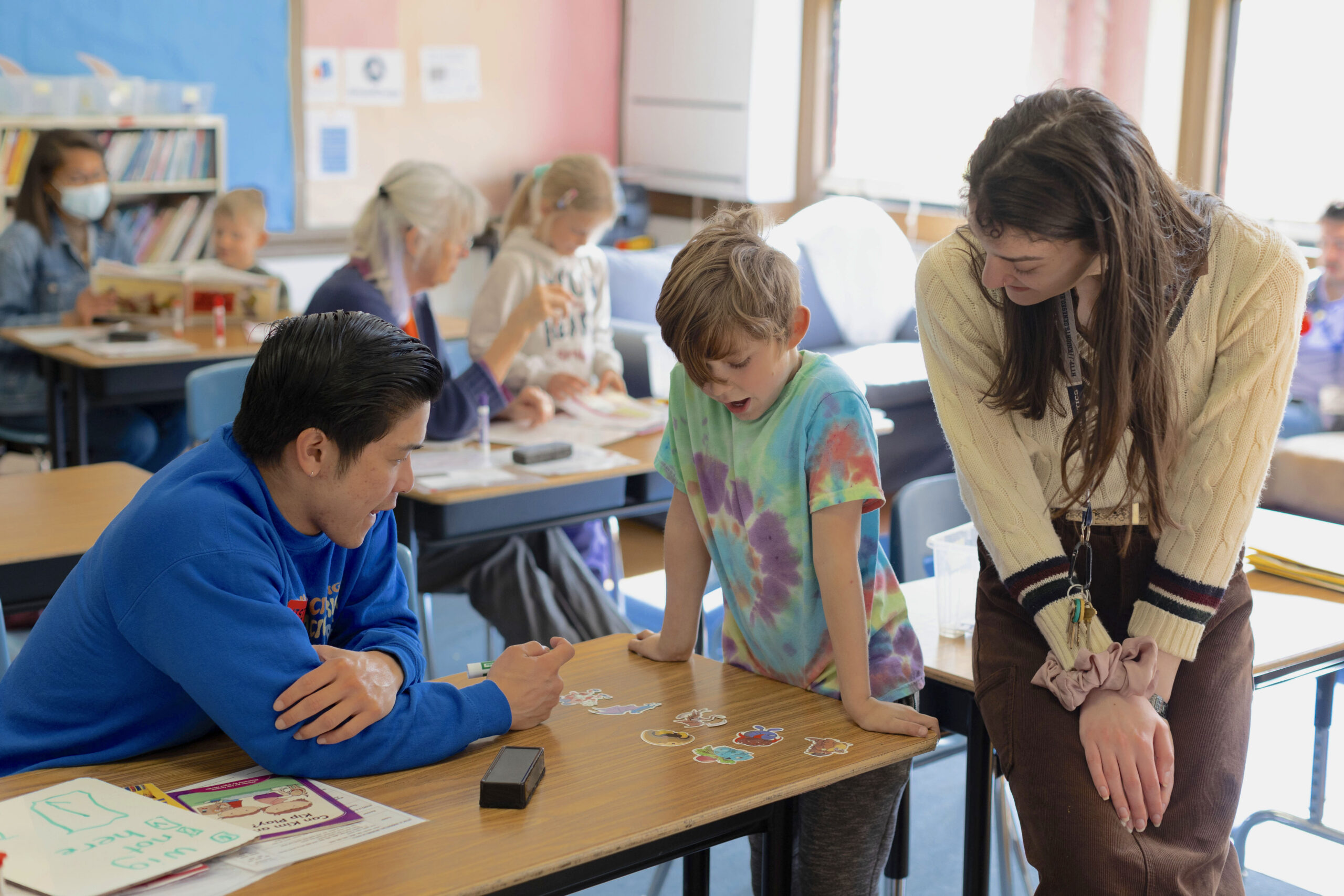
Here are 4 tips for giving your child the freedom of choice in selecting a book:
Follow their interests
Ask your child what they are interested in. Your child may surprise you with new curiosities
that you didn’t know about, giving you the opportunity to look for books on those topics. I recommend checking out our many booklists on varying topics, including food, different heritage groups, sports and more, to find a title your child may like.
Connect with your child’s teacher
Speaking with your child’s teacher can be very helpful as it will give you insight into what they’re teaching in your child’s class. They can also help you understand the strengths and weaknesses of your child as it relates to current class objectives. If you can’t speak with them in person, you can ask to schedule a phone or Zoom meeting, or you can email with a few questions. Here are some helpful questions to get you started.
- How is my child performing in reading? What is their current strength? What is their biggest area of focus? You want to ask this question because it is very important to know your child’s progress in class. You should be informed of their current strengths and their current weaknesses. When you have this information, you’ll have a better idea of how you can give your child extra help at home.
- Can you give me two tips for helping my child with reading at home? Your child’s teacher can provide you with helpful tips that they may be using in class. These tips can be very helpful at home when working one on one with your young learner.
- What should I do when we come to a difficult word? How can I help to figure out this word? There are many ways to help a child understand new and difficult words. Your child’s teacher can give you grade-level ways to help your child decode a word.
- What book or story did the class read together? How was it received? Should I follow up and continue with that at home?This question allows you to learn what the teacher is covering in class and if it is something you can continue at home. You may be able to find a follow-up to go with the in-class reading, and you can have your child tell you about what they read and talked about in class.
Asking questions is a great way to start a conversation with your child’s teacher so you know how to better help your learner at home. The answers to these questions will help you provide your child with the support they need to choose the most appropriate book for their reading and comprehension level. When kids read, you want them to understand what they are reading so that they can really enjoy it.
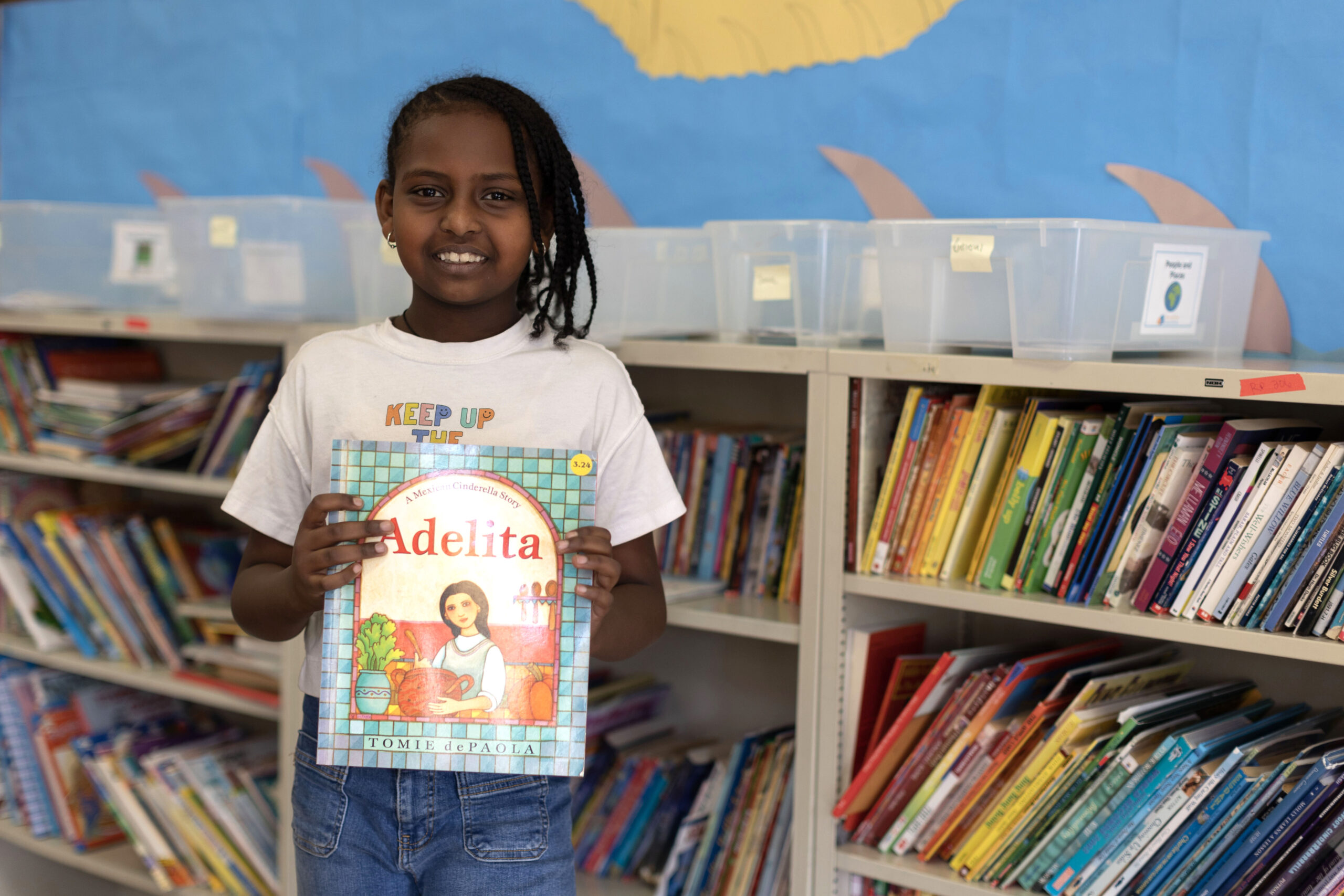
Look for books with strong and enticing illustrations or graphics
We have to be willing to move outside of our comfort zones with the books that we allow our kids to read and allow children to choose books that are appealing to their eye and their mind. When I recently visited a bookstore, I walked through the children’s section and noticed a lot of books with large illustrations and short sentences or graphic novels/comic books. Teachers have expressed that they don’t prefer these books for students and think that students should be reading ‘traditional’ books, but these books are exciting, engaging, and they are keeping young readers interested.
When choosing books, children’s eyes get big when they see lots of color. It is exciting, captivating, and stimulating for them. They want to turn the pages and see what’s going to happen when they have books that are full of color. Young learners also like short statements. Kids who are in the beginning stages of reading often choose books that have short sentences. This allows them to not feel overwhelmed by all of the words on the page and allows them to build their confidence in reading. Picture books (with short statements on each page), graphic novels, and comic books are all great for young learners. Visit a local bookstore or library with your child to choose one of these books together and watch them grow in their love for reading.
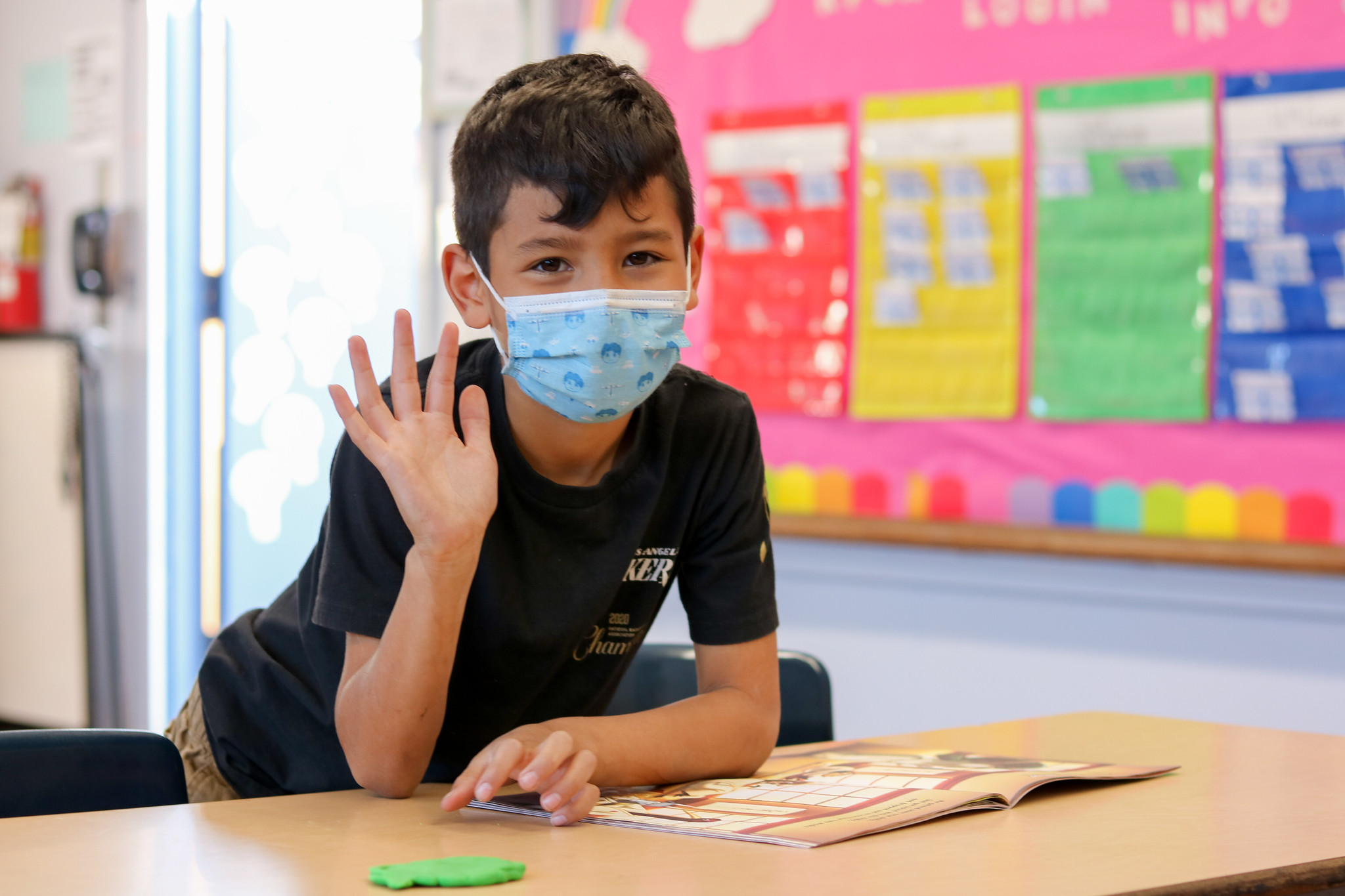
Use the 5-finger rule
Using this rule will help your child choose a book that is not too difficult for them.
When choosing a book, have your child read the first page of the book. Every time they come to a word that they don’t know, they should put a finger up. The number of fingers they have up will determine if they should choose this book or not.
0-1 fingers the book is too easy
2-3 fingers the book is just right
4-5 fingers the book is too hard
This 5-finger rule is a great way for a child to know if a book is too hard for them without the aid of an adult. They will have independence, control, and joy with choosing a book that is just right for them.
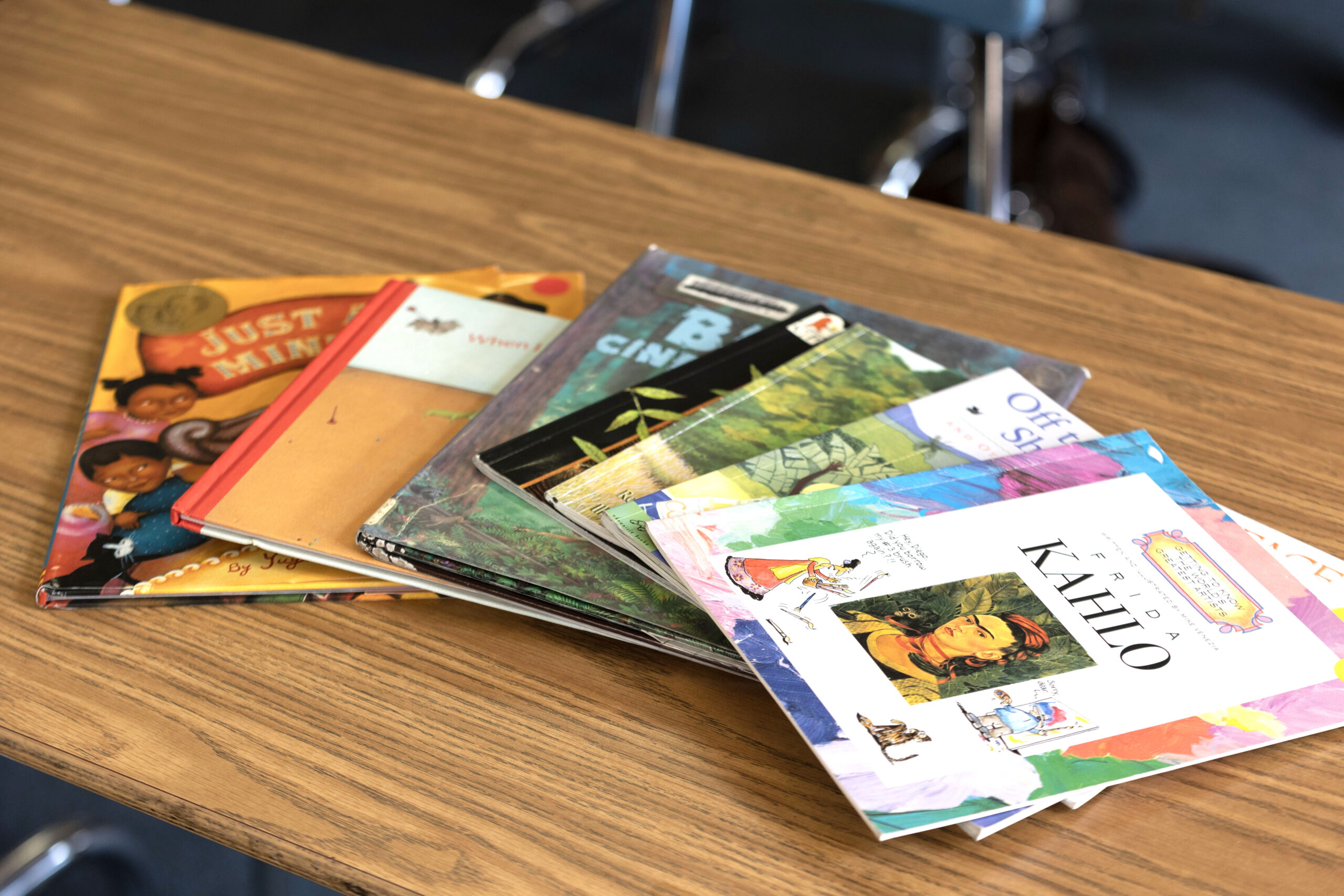
Why giving kids the freedom of choice is so important
Kids are little adults! It is important to treat them as full humans who have thoughts, feelings, and emotions. We would not want someone to choose every book we read so it is important that we teach kids how to choose good books for themselves. So much of a child’s day is controlled by parents, teachers, and other adults. It is empowering for kids when they have the option to choose. When we give kids the freedom of choice, it makes them more likely to want to read! We want them to be engaged with reading that interests them. This will motivate them to read on their own.
It is important that kids are able to find and see themselves in books. This is one reason why representation matters in books. When kids see themselves in what they read, their world becomes bigger. Without this experience, they may not even choose a book to read at all.
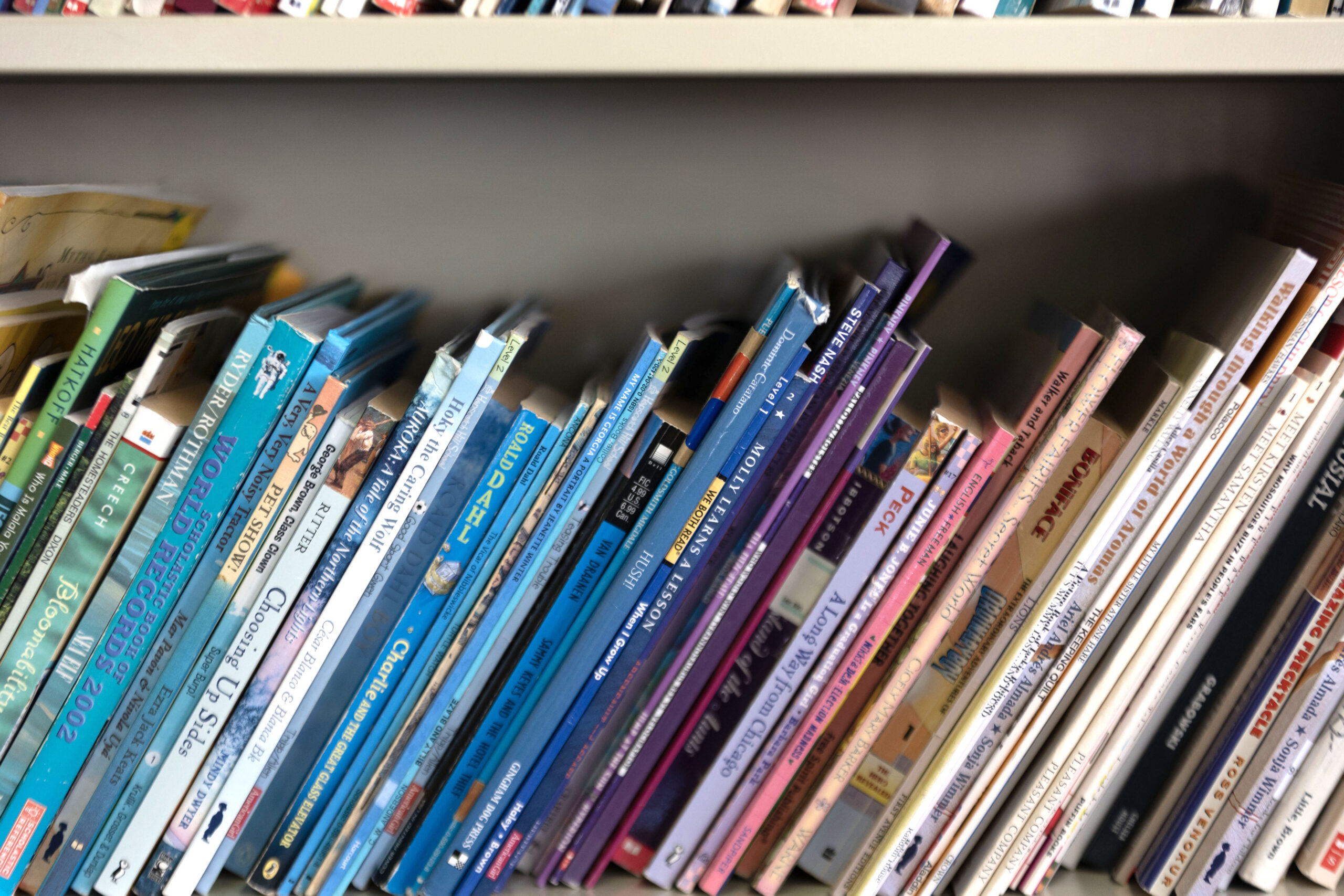
If we really want kids to find their love of reading, we want to be sure they have joy when they read. The joy comes from the freedom of choice in selecting an appropriate and stimulating book. In 2023, this may mean that kids are reading comic books, graphic novels, or even joke books. We, as adults, may not find these books interesting, but as long as it is appropriate for their reading and age level, we must be open to their choices. You never know, you might find yourself enjoying a kids’ series along with your little learner.
It is my hope, as a book lover, that kids embrace and experience reading so much that as soon as they finish one book, they are ready for the next book. As the Polish comic writer Piotr Kowalcyz once said, “There is only one thing that can replace a book: the next book.”



